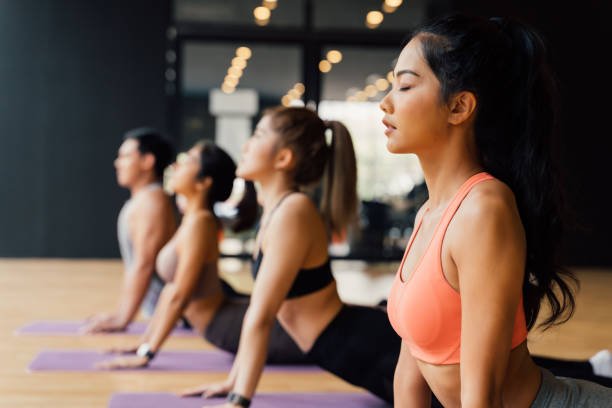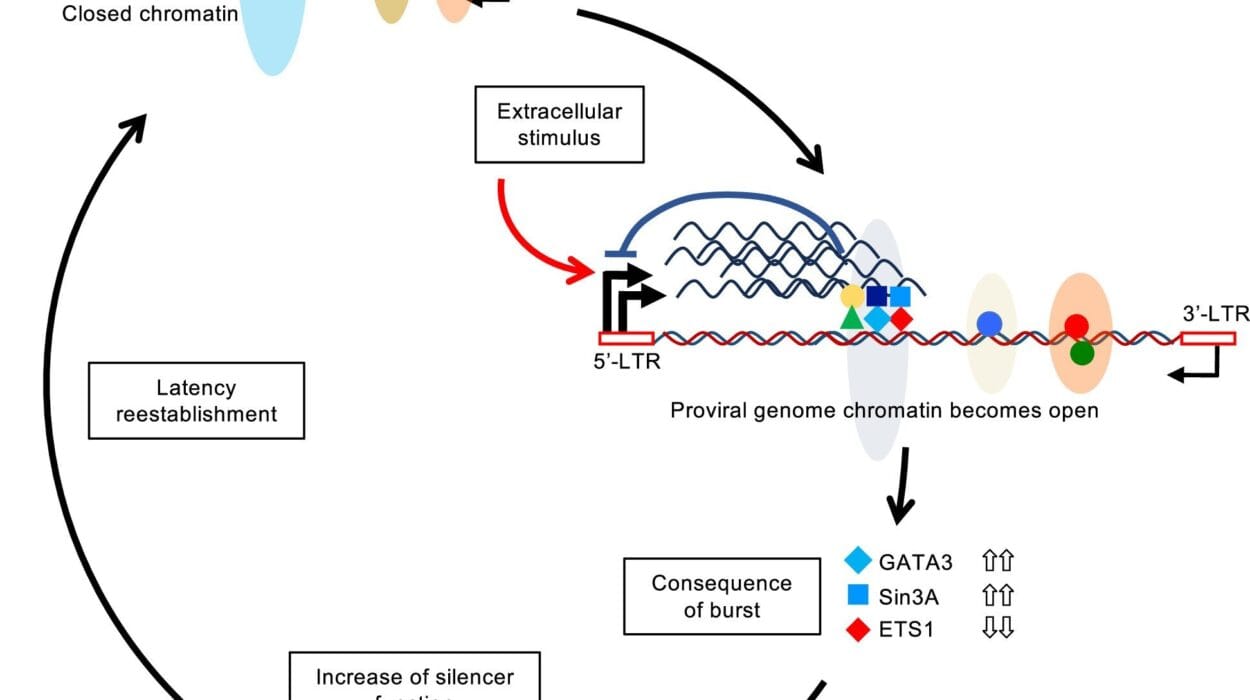In a world brimming with distractions and demands, it’s easy to forget that peace can be found not in escape, but in presence. For thousands of years, people have turned to yoga not as a fitness fad, but as a profound method for self-discovery, healing, and harmony. The word “yoga” itself means “union”—of mind, body, and spirit. And that union begins not with mastery, but with willingness. You don’t need to be flexible. You don’t need expensive gear. All you need is curiosity and a little bit of space to move and breathe.
Yoga for beginners is not about twisting your body into impossible shapes. It’s about awakening the connection you have with yourself. It’s about learning how to breathe through discomfort, how to still the chatter of your mind, and how to find strength in softness. Whether you’re 18 or 80, yoga welcomes you exactly as you are.
This article is your guide to beginning your yoga journey—from understanding its powerful health benefits to learning simple poses you can practice today. You don’t need to change your life to start yoga. But yoga, if you let it, might just change your life.
What Is Yoga, Really?
Modern yoga often conjures images of slender bodies in tight clothing flowing through sun salutations. But its roots run far deeper. Originating in ancient India over 5,000 years ago, yoga was designed as a holistic path toward spiritual awakening. It was a way to quiet the mind so one could reach higher states of consciousness.
Classical yoga, as outlined in the Yoga Sutras of Patanjali, includes eight limbs: ethical guidelines, personal disciplines, postures (asanas), breath control (pranayama), sensory withdrawal, concentration, meditation, and enlightenment. The physical practice of yoga—the poses we see today—is just one aspect of this vast system.
But don’t worry. You don’t need to master ancient philosophy to benefit from yoga. Even focusing on the physical and mental elements can have transformative effects on your health and well-being.
The Science-Backed Health Benefits of Yoga
Mental Calm and Emotional Balance
One of the most immediate effects of yoga is mental clarity. Whether it’s a slow yin session or a flowing vinyasa class, yoga brings your attention to the present moment. Studies show that yoga reduces levels of cortisol, the body’s primary stress hormone. This has a calming effect on the nervous system, lowering anxiety and improving mood.
Yoga also increases levels of gamma-aminobutyric acid (GABA), a neurotransmitter linked to lower anxiety. People who practice yoga regularly report better emotional resilience, reduced symptoms of depression, and greater life satisfaction.
Physical Flexibility and Strength
It’s true—yoga will make you more flexible. But that’s only the beginning. Yoga also builds strength, especially in muscles that often go neglected. Holding poses like Warrior II or Plank requires deep muscular engagement and balance.
Unlike weightlifting, yoga builds functional strength, meaning your body becomes more efficient in everyday movements. This is particularly important as we age, helping prevent falls and injuries.
Better Posture and Body Awareness
Modern life has us hunched over screens, slouched in chairs, and stiff from stress. Yoga gently realigns the body, opening tight hips, lengthening the spine, and correcting imbalances. Poses like Mountain Pose or Downward Dog encourage awareness of how your body moves and feels.
This body awareness can spill into your daily life. You might find yourself standing taller, walking more mindfully, or noticing when tension creeps into your shoulders.
Improved Breathing and Lung Capacity
Breathing is often automatic—but rarely intentional. In yoga, breath is central. Known as “pranayama,” yogic breathing exercises help expand lung capacity, calm the mind, and energize the body. Deep breathing stimulates the vagus nerve, which activates the parasympathetic nervous system—your body’s “rest and digest” mode.
Even a few minutes of breathwork can reduce heart rate, blood pressure, and anxiety. Over time, it can increase oxygenation and endurance.
Enhanced Digestion and Detoxification
Certain yoga poses massage the internal organs, stimulating digestion and helping detoxify the body. Twists like Seated Spinal Twist compress and release abdominal organs, while forward bends encourage blood flow to the digestive system.
While yoga is not a miracle cure, regular practice supports healthy metabolism, reduces bloating, and improves gut-brain communication.
Better Sleep Quality
Tossing and turning at night? Yoga can help. Evening sessions that focus on gentle stretching and deep breathing relax the body and prepare the mind for rest. Restorative yoga, in particular, has been shown to improve sleep quality in people suffering from insomnia.
Yoga’s calming effect on the nervous system helps you wind down and let go—both physically and mentally—making it easier to drift into deep, restorative sleep.
Getting Started: What You Really Need
You don’t need a fancy studio, designer leggings, or spiritual tattoos to start yoga. Here’s what you do need:
- A non-slip yoga mat
- Comfortable clothing that allows you to move
- A quiet space, even just a few feet of floor
- A willingness to listen to your body
Optional props like yoga blocks, straps, or cushions can be helpful, but are not necessary in the beginning.
Start with short sessions—10 to 20 minutes. The goal isn’t to become a yoga master in a week. It’s to build a habit, connect with your breath, and become familiar with your body.
Mindset Matters: Let Go of Expectations
One of the biggest obstacles for beginners is the belief that you have to be flexible or “good at yoga” to begin. This is a myth. Yoga is not a performance. It’s a practice. Everyone starts somewhere. The person who can barely touch their toes is just as much a yogi as the one standing on their head.
Progress in yoga is measured not by your pose, but by your presence. Can you be with yourself—without judgment—even when a pose feels awkward or challenging? Can you breathe through frustration? Can you return to the mat tomorrow?
That’s yoga.
Simple Yoga Poses for Absolute Beginners
Let’s explore a few gentle, foundational poses that you can do right at home. These poses are safe, beginner-friendly, and can be modified based on your flexibility.
Mountain Pose (Tadasana)
Stand with your feet hip-width apart. Distribute your weight evenly across your feet. Lengthen through your spine. Let your arms relax by your sides with palms facing forward. Inhale deeply, lifting your chest. Exhale and root into the earth. This is the blueprint for all standing poses. It teaches posture, presence, and balance.
Child’s Pose (Balasana)
Kneel on the mat, big toes touching, knees wide. Sit back on your heels and fold forward, arms stretched out in front of you or alongside your body. Rest your forehead on the mat. This pose gently stretches the back and hips while calming the nervous system.
Cat-Cow Stretch (Marjaryasana/Bitilasana)
Come to your hands and knees. Inhale, arch your back, lift your tailbone and head—this is Cow Pose. Exhale, round your spine, tuck your chin—this is Cat Pose. Flow between these two to release tension in the spine and improve flexibility.
Downward Facing Dog (Adho Mukha Svanasana)
From hands and knees, tuck your toes and lift your hips toward the sky. Straighten your legs as much as comfortable. Press your palms into the mat and let your head hang. This pose strengthens the arms, stretches the back and legs, and energizes the body.
Warrior II (Virabhadrasana II)
Step one foot forward, one foot back. Bend the front knee to 90 degrees. Extend your arms out parallel to the floor, gaze over your front hand. This pose builds strength, stamina, and focus. It also opens the hips and shoulders.
Legs-Up-The-Wall (Viparita Karani)
Lie on your back and extend your legs up against a wall. Let your arms rest by your sides. This deeply restorative pose improves circulation, reduces fatigue, and calms the mind.
Creating a Personal Practice
Now that you’ve tasted the basics, how do you turn this into a regular practice?
Start small. Commit to practicing 2-3 times a week. Use beginner yoga videos or apps to guide you. Over time, you’ll begin to memorize poses and sequences, allowing for more intuitive movement.
Try different styles of yoga to see what resonates:
- Hatha: Gentle, slower-paced with a focus on alignment.
- Vinyasa: Flow-based, linking breath to movement.
- Yin: Deep stretches held for longer periods.
- Restorative: Relaxing poses supported by props for deep rest.
- Ashtanga or Power Yoga: More intense, strength-building sequences.
Yoga is like music. Some people love classical, others prefer jazz. What matters is that it moves you.
Common Challenges (and How to Overcome Them)
Starting any new habit comes with challenges. Here are a few common roadblocks and tips for moving through them:
- “I’m not flexible enough.” Flexibility is the result of yoga, not a requirement. Start where you are.
- “I don’t have time.” Even 10 minutes counts. Yoga doesn’t demand hours—just consistency.
- “I get bored.” Explore different styles or try music during your practice.
- “I can’t focus.” That’s why you practice. Yoga sharpens focus over time.
- “It hurts.” Yoga should never be painful. Modify poses, use props, or consult a teacher.
Every struggle on the mat is part of the path. The important thing is to keep showing up.
The Deeper Magic of Yoga
The poses are only the surface. As you continue to practice, something shifts. You begin to carry the lessons of the mat into the rest of your life. You learn to breathe through traffic jams. To be kind to your body even when it’s tired. To sit with uncomfortable emotions without fleeing.
Yoga teaches patience. It builds discipline. It awakens joy. And perhaps most importantly, it reconnects you with yourself. In a world that often tells you to hustle, achieve, and outperform—yoga invites you to slow down, look within, and simply be.
Conclusion: Begin Where You Are
Yoga for beginners is not about touching your toes. It’s about touching your heart. It’s about meeting yourself—with compassion, curiosity, and courage—on the mat, day after day.
You don’t need to be perfect. You don’t even need to be good. You just need to begin.
So unroll your mat. Take a breath. And start.
Because every pose, every inhale, every mindful moment is a step toward a healthier body, a clearer mind, and a more connected life.
Namaste.






